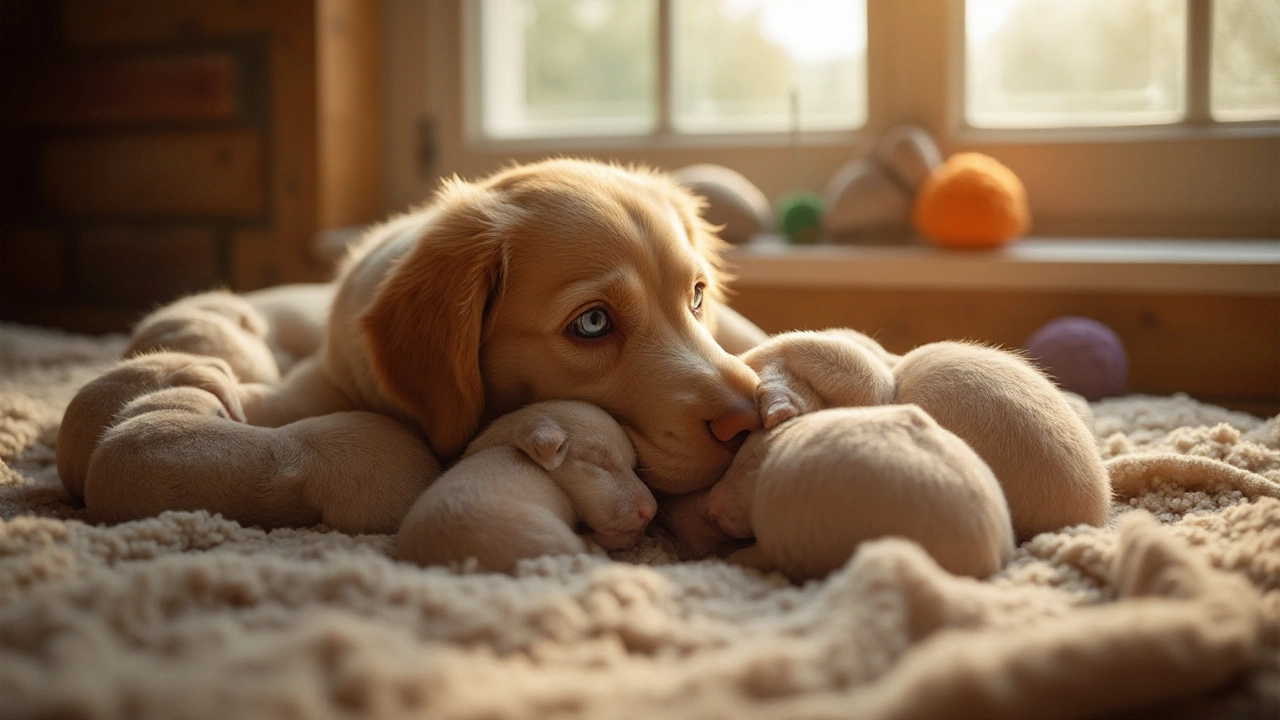Handling Puppies: Simple Steps for Safe, Happy Training
Got a new puppy and wonder how to handle it without the chaos? You’re not alone. Puppies are bundles of energy, curiosity, and occasional messes. The good news is you can keep things calm with a few practical habits. Below are the basics you need right now, from bite control to letting your pup explore safely.
Stop the Biting Before It Becomes a Habit
Most puppies bite because they’re teething or testing limits. The moment your pup snaps at your hand, stop the play. Say a firm "No" and withdraw attention for a few seconds. Offer a chew toy instead—something soft enough for gums but sturdy enough to last a week. The key is consistency: every bite gets the same response, and soon the puppy learns that hands are off‑limits while toys are fair game.
Crate Training and Nighttime Comfort
Crates give puppies a safe den and help with house training. Start with a roomy crate, add a blanket, and place it in a quiet corner. Let the puppy explore it on its own, rewarding calm moments with treats. For nighttime, avoid a pee pad inside the crate—this can confuse the pup and delay potty training. Instead, keep the crate just big enough to turn around, then take the puppy out first thing in the morning and after meals.
When the crate feels like a cozy retreat, your puppy will settle down on its own. If it whines, check for needs (toilet break, water, temperature) but don’t make a habit of opening the crate every whimper. A short reassurance pat is fine, but keep the door closed most of the night.
When Can Your Puppy Free‑Roam?
Free‑roaming at home sounds great, but wait until the puppy can reliably hold its bladder—usually around 4‑5 months, depending on breed. Before that, keep the pup in a puppy‑proofed area or use baby gates. When you do let it roam, supervise closely and block off cords, toxic plants, and small objects that could be swallowed.
Teach a “go to mat” cue so the puppy knows where to settle when you need a break. This cue works well with treats and a specific blanket. Over time the pup will associate the mat with calm, making free‑roam periods smoother for everyone.
Choosing the Right Chew Toys
Teething puppies need safe chew options. Look for toys rated for puppies, made of soft rubber or nylon. Avoid toys with small parts that can break off. Rotate toys every few days so the pup stays interested. A simple frozen carrot works as a natural, soothing chew during the toughest teething phase.
If a toy starts to fray, toss it out—chewed pieces can become choking hazards. Keep a stash of fresh toys handy so you never run out of safe options.
Everyday Handling Basics
When you pick up a puppy, support its chest and hindquarters. A gentle, secure hold builds trust and prevents accidental injuries. Use a calm voice and slow movements; sudden gestures can startle a young dog. Regular grooming—brushing, nail trims, ear checks—helps the puppy get used to handling, making vet visits less stressful later.
Remember, handling is a two‑way street. The more calmly you act, the more relaxed your puppy will be. Pair each handling session with a treat or praise, and soon your pup will come to you for cuddles rather than run away.
With these straightforward steps—bite control, proper crate use, timed free‑roam, safe chew toys, and calm handling—you’ll set a strong foundation for a well‑behaved, happy puppy. Keep it consistent, keep it patient, and enjoy the journey together.
Understanding When to Touch Newborn Puppies
Newborn puppies are fragile and require careful consideration before being handled. This article explores the best practices for interacting with three-day-old puppies, including when and how to touch them safely. It also delves into the importance of the mother-puppy bond and the role that appropriate toys can play in stimulating the puppies' development. Tips for ensuring a safe and healthy environment for puppies are also included.
